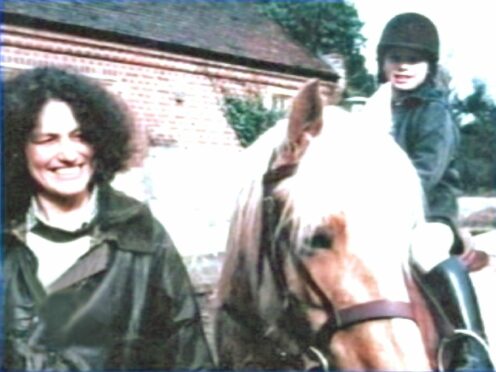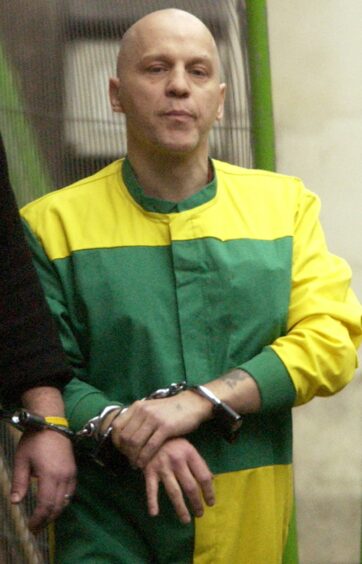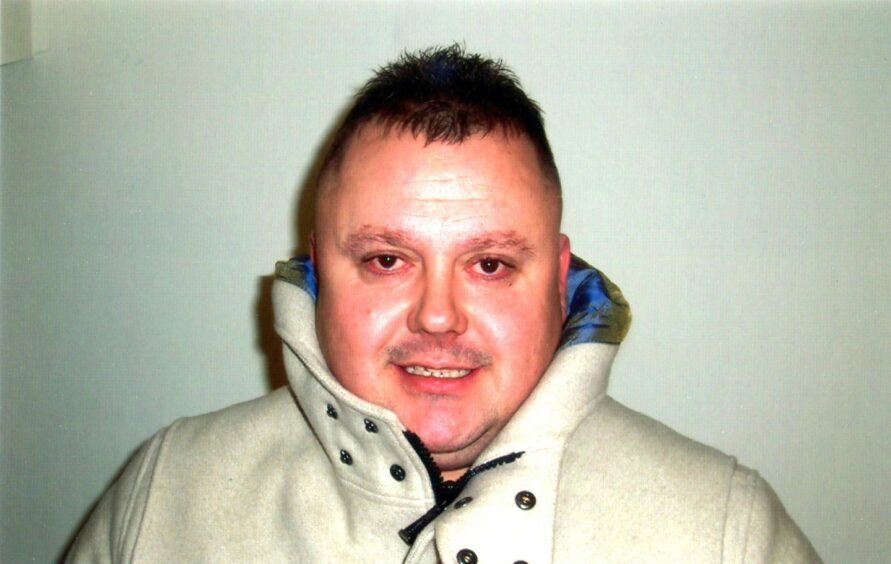
A bootlace found at the scene of a terrible double murder 26 years ago could lead to the conviction of a serial killer and the release of an innocent man, according to the forensic scientist who first analysed the crime scene.
Professor Jim Fraser believes the re-examination of DNA evidence found where mother and daughter Lin and Megan Russell were killed could lead to the conviction of killer Levi Bellfield.
The scientist, who led Kent police’s forensics department which investigated the murders of Lin, 45, and Megan, six, in 1996, says a blood-soaked bootlace found at the crime scene might produce new evidence.
Fraser, now a research professor at Strathclyde University, spoke out after Paul Bacon, lawyer for Michael Stone, who is serving life for the murders but has always denied responsibility, said Bellfield, 53, had confessed to their murders in a four-page letter. Stone could apply for parole this year but, his lawyers say, will not because it would require an admission of guilt.
On Friday the Criminal Cases Review Commission (CCRC) said it has now received documents from Stone’s legal team which will be examined in detail.
Fraser, who attended both the murder scene and post mortems, said: “A formal confession could be crucial to Bellfield’s conviction.”
He also pointed to the use of a hammer in the Russell murders, something that Bellfield is also known to have used as a weapon. He said: “A hammer as a murder weapon is fairly unusual, and in my experience in forensic science, I have only seen it in a very few cases.”
Bellfield’s use of a hammer on his victims was proven in his killing of Amelie Delagrange in 2004 and Marsha McDonnell in 2003. He was found guilty of those crimes in 2008, along with the attempted murder of Kate Sheedy. Later in 2011 he was convicted of the murder of schoolgirl Milly Dowler.
Lin and Megan Russell’s fatal injuries were caused by a hammer attack in Chillenden, Kent, in 1996. Lin Russell’s other daughter Josie, nine, survived the attack.
Fraser remembers the scene. “As I stood there, I tried to find a frame of reference for a double murder like this and I could find none. Bear in mind, I had been working for 20 years in forensic science.
“It was a sunny day. I was standing beside a cornfield. There was a little copse with two bodies lying there. This was not some gangland territory, but woodland in rural Kent. The senior investigating officer kept saying, ‘If we can only find evidence linking someone to the scene’.”
Stone was convicted in 1998. He was then convicted again in 2001 after the Court of Appeal quashed his conviction due to doubts over a prosecution witness.
Fraser, a council member of Justice, a human rights charity, and former president of the Forensic Science Society, added: “Michael Stone was convicted on the evidence of prison confession to Damian Daley, a known liar and man with a criminal record.
“Perhaps the most surprising aspect of the case, and the one that baffles most people including me, is the lack of forensic evidence to incriminate Stone. If every contact leaves a trace, where was the trace?
“A bootlace was found at the scene, stained with blood from the mother and daughters. Josie described how it had been used as a ligature. Why was there no DNA from Stone on it if he owned and regularly used it?
“Advances in forensics may link Bellfield to the scene but that would have to be further scientific analysis. In 2017 miniscule traces of DNA were found, too small at the time to connect it to Stone or anyone else.”
Stone was convicted on a 10-2 majority verdict. Addressing the possibility that Bellfield’s confession is an attempt to gain attention for himself, or toy with police, Fraser said: “Some individuals make false confessions for a variety of reasons including the notoriety that this can bring.
“It is important that any confession is corroborated to discount this possibility.
“According to Stone’s legal team Bellfield has confessed before but for the first time he has put this in writing. He also previously said he would take a DNA test, but didn’t.”
In his recent confession Bellfield gave details about the murders and the actions he took afterwards to clean himself and remove DNA evidence from his car. Fraser said that a huge database of suspect was trawled in Kent police’s search for a suspect.
Sentencing Stone, a High Court judge decided that he should spend at least 25 years in prison before being considered for parole, with release next year at the age of 63.
The Criminal Cases Review Commission (CCRC) said it was looking at material supplied by Stone’s legal team.
It said: “Once the review of all material is complete, the CCRC will then determine whether there is a real possibility that the Court of Appeal will quash Mr Stone’s conviction.”

Enjoy the convenience of having The Sunday Post delivered as a digital ePaper straight to your smartphone, tablet or computer.
Subscribe for only £5.49 a month and enjoy all the benefits of the printed paper as a digital replica.
Subscribe © SYSTEM
© SYSTEM
